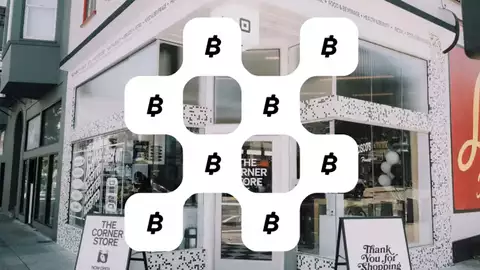
Lightning in a Bottle: Capturing the Essence of Asynchronous Payments
Posted about 2 years ago by LN+
In a world that never sleeps, the Lightning Network (LN) has emerged as a beacon of hope for Bitcoiners, promising swift transactions with minimal fees. However, one limitation has been the necessity for both transacting parties to be online concurrently. The introduction of Asynchronous Lightning Payments (ALP) seeks to surmount this hurdle, opening avenues for transactions even when the recipient is offline. The significance of this innovation cannot be overstated as it harbors the potential to enhance user experiences significantly, paving the way for more adaptable payment processes. Below we delve into the intricacies of Asynchronous Lightning Payments, shedding light on its mechanism, the problems it addresses, and the solutions it offers.
Understanding The Challenge
Traditional on-chain Bitcoin transactions thrive on a level of asynchrony; the receiver can generate an output script (a Bitcoin address), which the sender can pay at any time, regardless of the online status of the receiver. The process of securing that payment doesn't necessitate any action from the receiver. However, this is not the case with the Lightning Network, where a unique invoice must be generated by the receiver for every payment. Moreover, both the sender and receiver must be online to exchange necessary information to complete the transaction.
The Advent of Asynchronous Lightning Payments
Asynchronous Lightning Payments aim to bridge this gap by initiating transactions even when the recipient is offline. The transactions are securely held by an intermediary node and are only completed once the recipient reconnects to the network. Several solutions have been proposed to enable asynchronous payments on the Lightning Network. For instance, the Lightning Rod Protocol by Breez is one of the efforts to address this issue, but it has the downside of locking up funds for a longer duration than usual.
Deep Dive into Solutions
One intriguing solution entails a pre-signing of a transaction by the payer, which is sent to the payee via an end-to-end encrypted communication channel. Upon coming online, the payee can sell the transaction signature to a local channel partner, thus completing the transaction. This method not only enables asynchronous payments but also outsources the routing to the local channel partner, thereby overcoming the online requirement for both transacting parties. Another proposal, by Matt Corallo in 2021, suggested a compromise requiring both the sender and receiver to be connected to Lightning Service Providers (LSP). The invoices generated can have a flag indicating the online status of the receiver, and the payment can be held by the LSP until the receiver is online, thus ensuring the payment's security and completion.
The Road Ahead
The discourse around Asynchronous Lightning Payments is an ode to the continuous evolution aimed at making the Lightning Network more user-friendly and efficient. By addressing the synchronous limitation inherent in the current LN setup, Asynchronous Lightning Payments herald a promising step towards a more flexible and inclusive financial network.
In conclusion, Asynchronous Lightning Payments are not just a technological advancement; they symbolize the relentless quest for improving user experience and broadening the scope of what's possible on the Lightning Network. Through innovative solutions, the community is inching closer to a more robust and flexible payment protocol, further solidifying Bitcoin's position in the financial ecosystem.
0 Comments
Please login to post comments.

Lightning Network Node
LightningNetwork.Plus
Rank: 5 / Titanium
Capacity: 35,000,000 SAT
Channels: 7
Latest news
Channel Rebalancing 101: Practical Strategies for Better Routing
Posted 26 days ago
From Digital Gold to Digital Cash: Why the Lightning Network’s Moment Has Arrived
Posted about 1 month ago
Square Launches Lightning-Powered Bitcoin Payments: Zero Fees Until 2027
Posted 2 months ago
Introducing Telegram notifications
Posted 3 months ago
Introducing Nostr DM notifications
Posted 3 months ago




